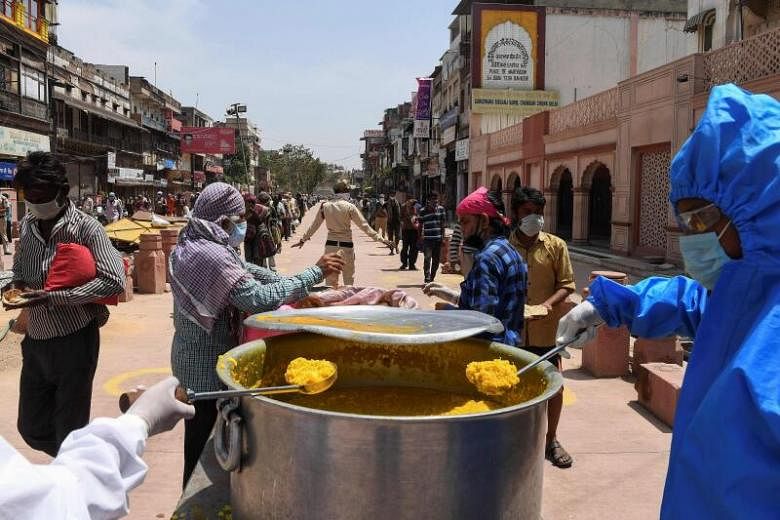Tässä BBC:n artikkeli, jossa asia käsitellään faktuaalisesti:
Does a child die of hunger every 10 seconds?
Tässä vielä se oleellinen: "
So what is the science saying? Well, if, to you, the claim that one child is dying every 10 seconds because of hunger conjures up images of starving children, you might be surprised.
In most cases, that's not what's happening.
"There are certainly extreme circumstances where children starve to death - and I'm thinking of the recent famine in parts of Somalia," Howard says.
"But the truth is that the vast majority of those numbers that we're talking about, are children who, because they haven't had the right nutrition in the very earliest parts of their lives, are really very susceptible to infectious diseases, like measles.
"A child that's had good nutrition would just shrug it off, but for a child that's really fragile and has a compromised immune system it becomes really life threatening."
The If campaign highlights an important issue, but is it wrong to use the word "hunger" if it might inaccurately suggest children are starving to death?
"I could understand if members of the public made that inference, and that would be mistaken," Lundie says. "We're not saying that children in this particular instance are starving to death, and
we explain exactly how it works. But I think the term 'hunger' is something that people relate to."
The fact that poor nutrition is identified as an underlying cause of death means that there's also some double counting going on. When you hear that one child dies every few seconds from water-related diseases, for example- or from poverty - some of these children will be the same ones that are said to be dying every few seconds from hunger.
Another surprise is to discover who these children are and that they are often not even, as the adverts sometimes put it, "going to bed hungry".
Most of the nutrition-related deaths are in countries that are not suffering from famine or conflict, according to Professor Robert Black of the Johns Hopkins Bloomberg School of Public Health in the United States, who calculated the three million figure that the 10-seconds statistic is based on.






